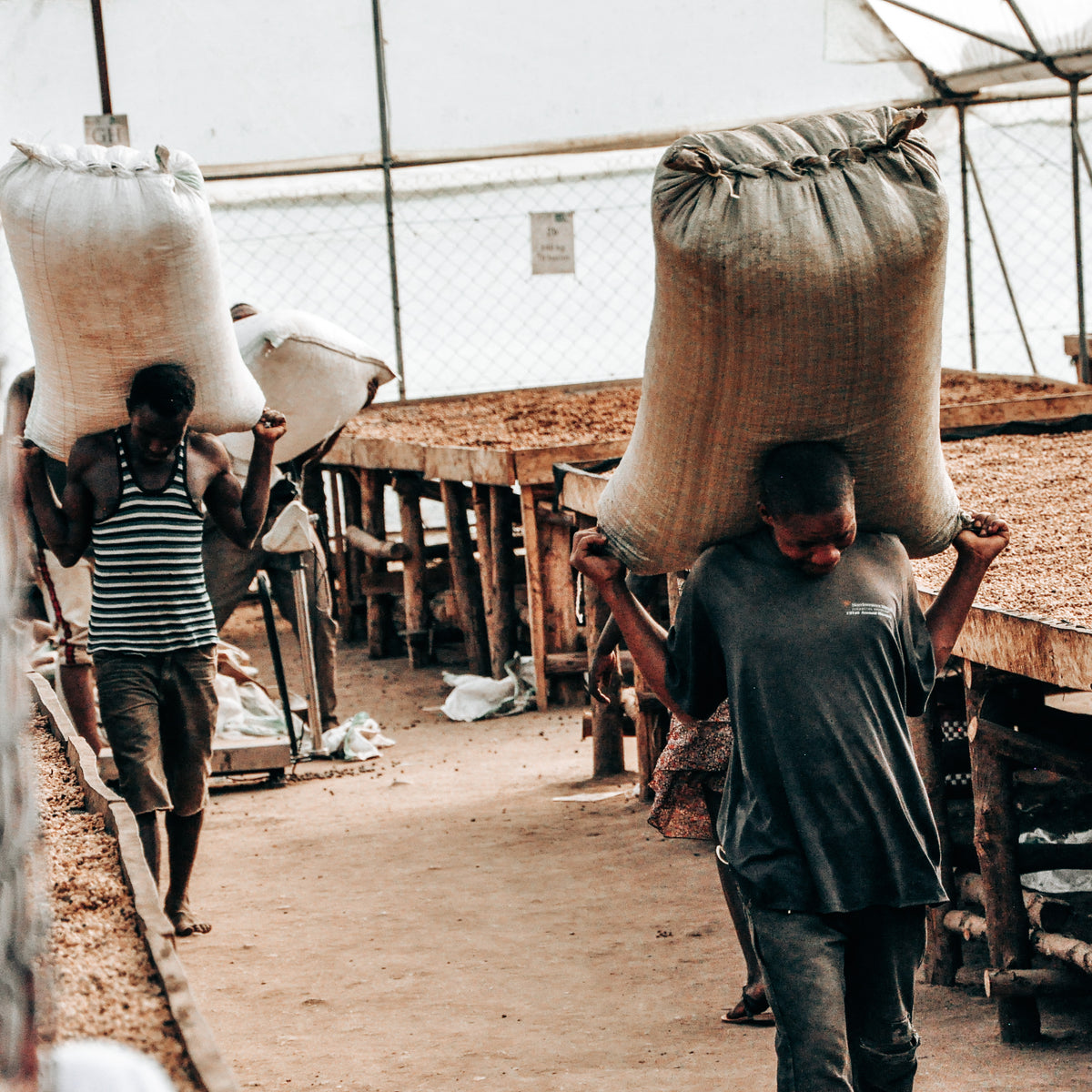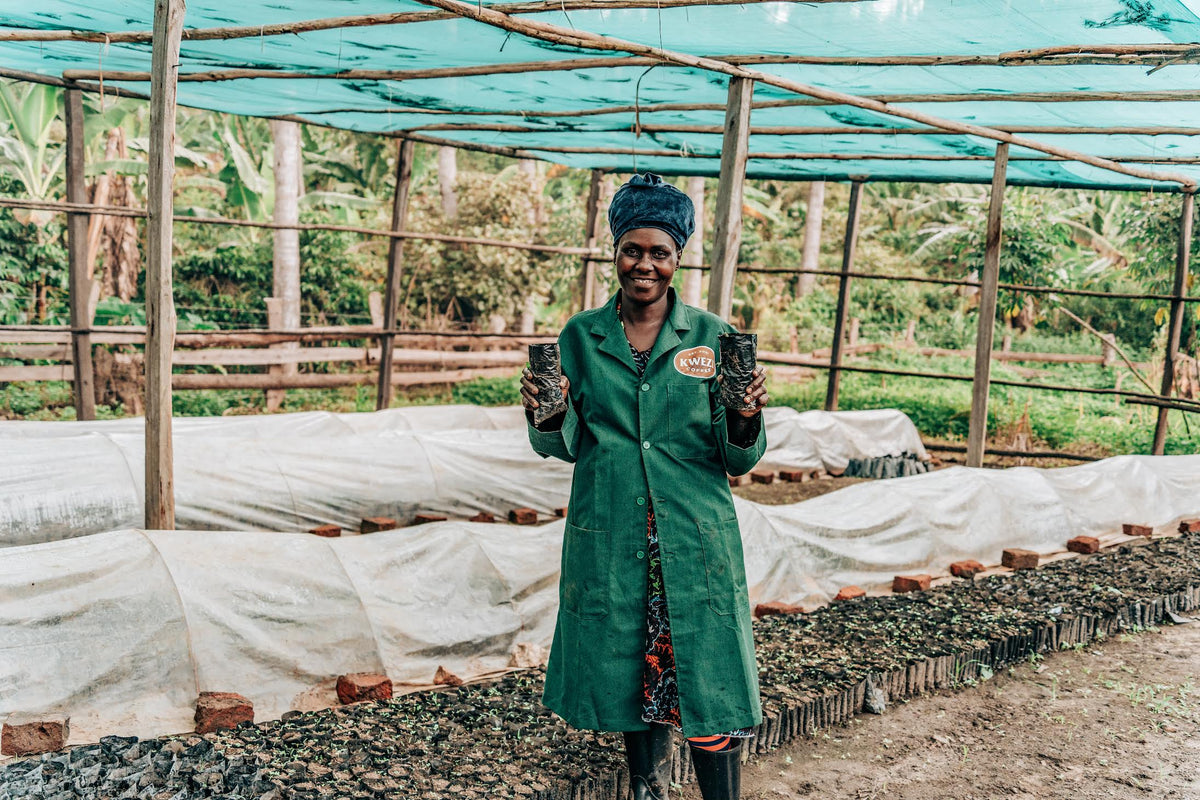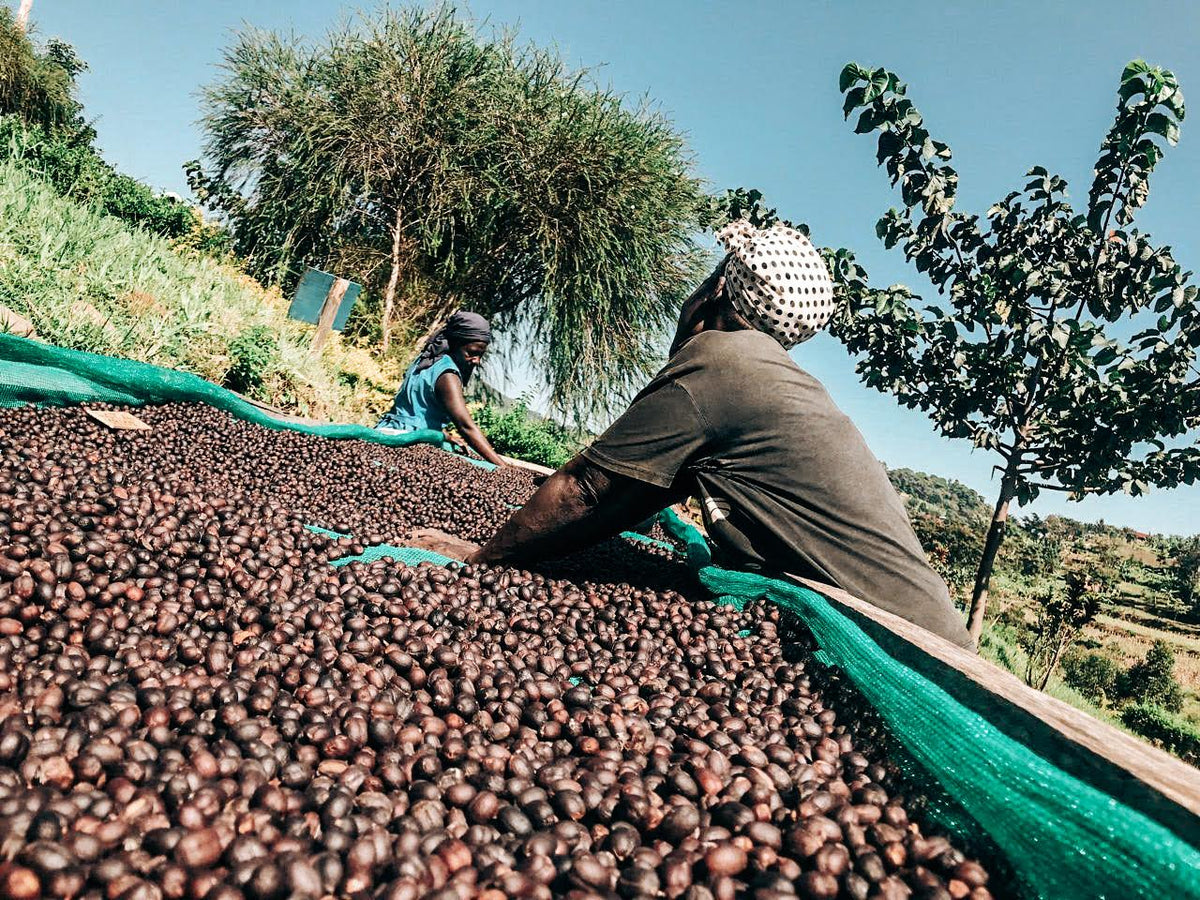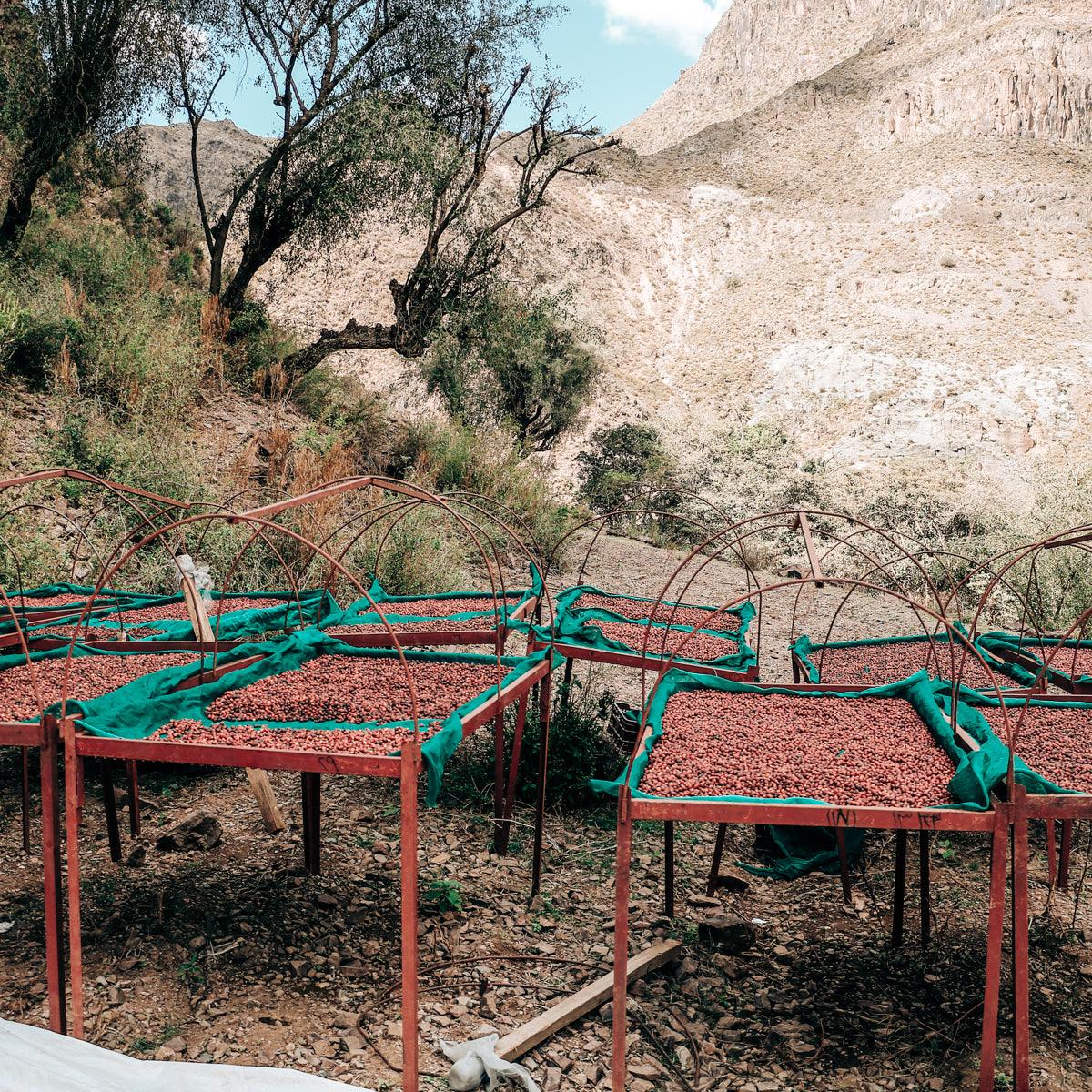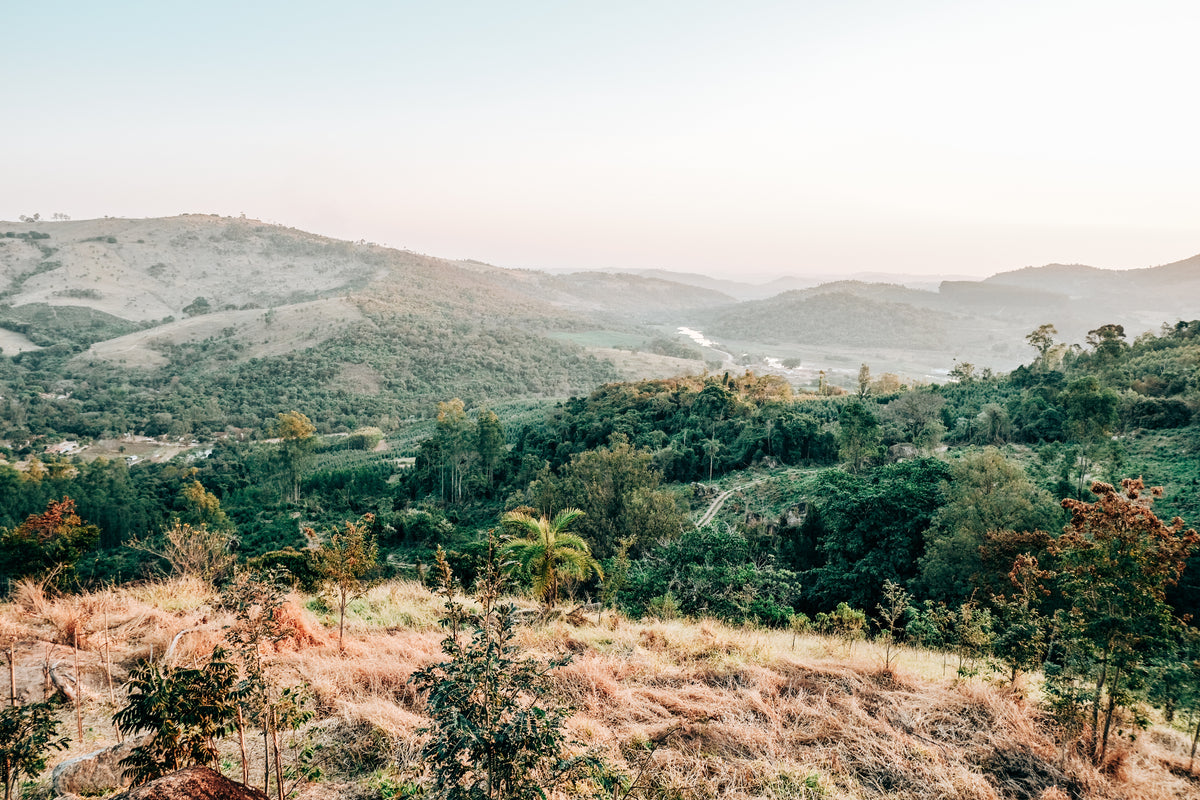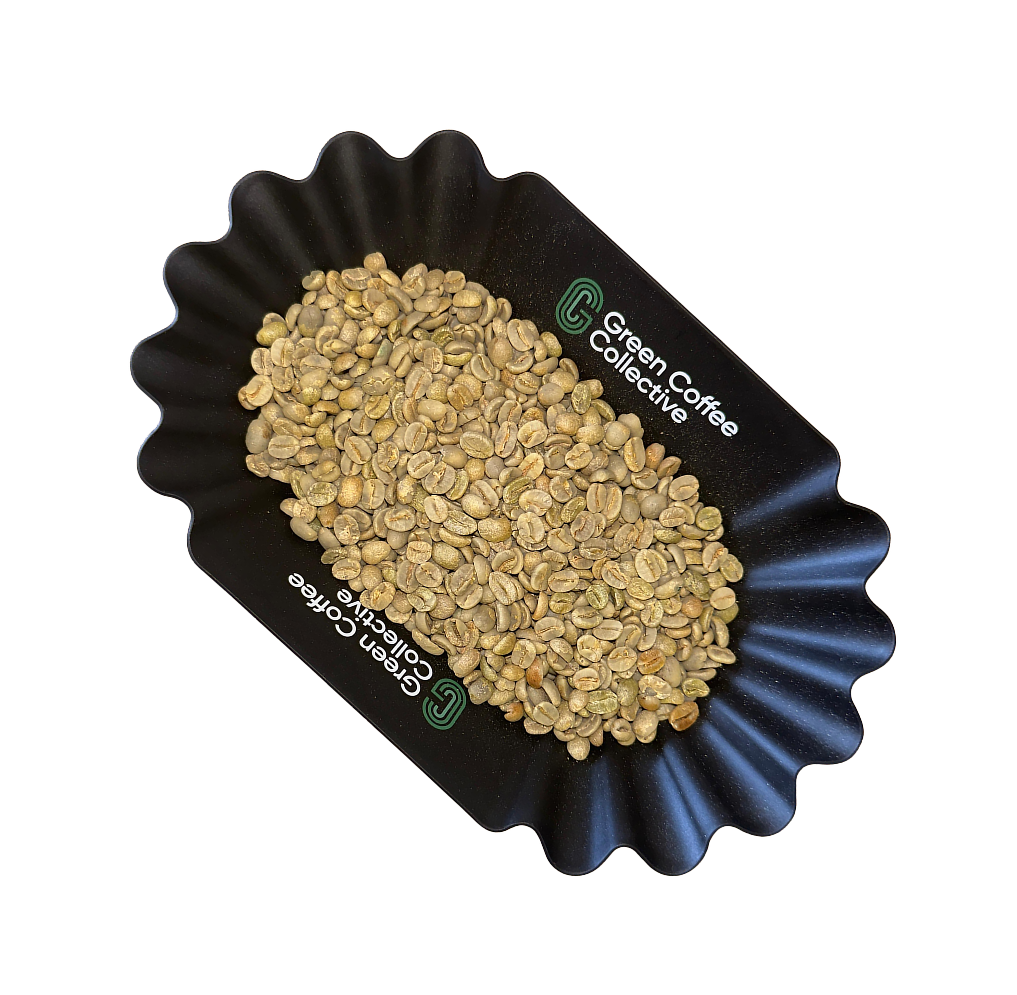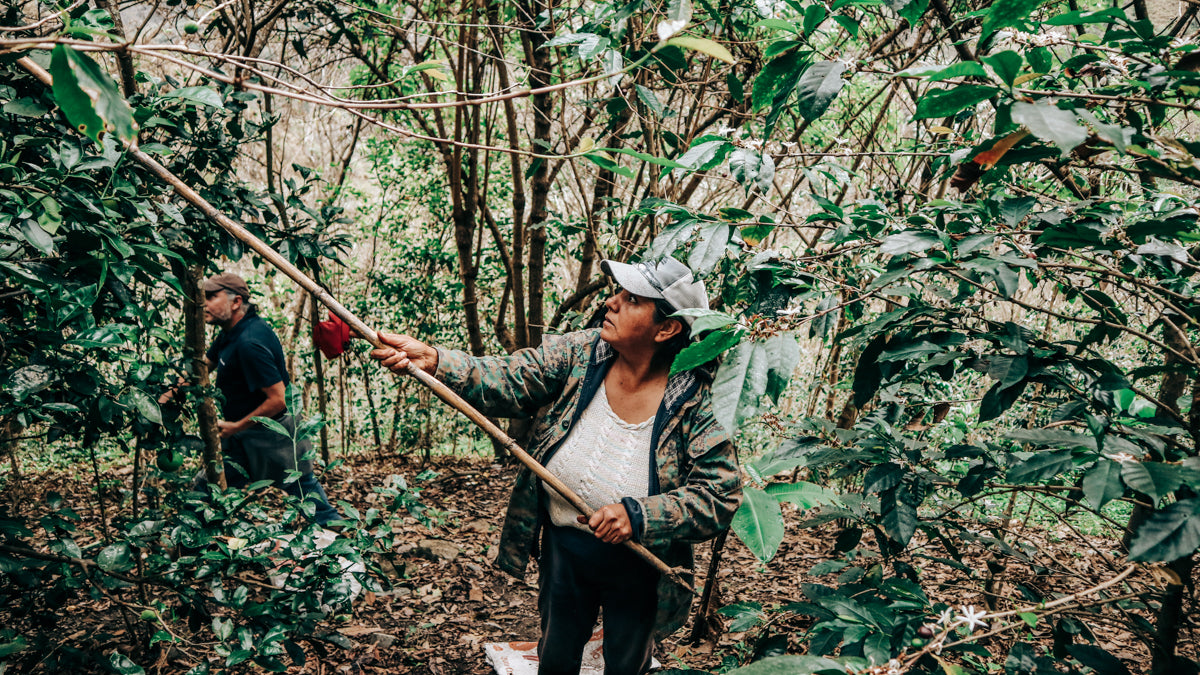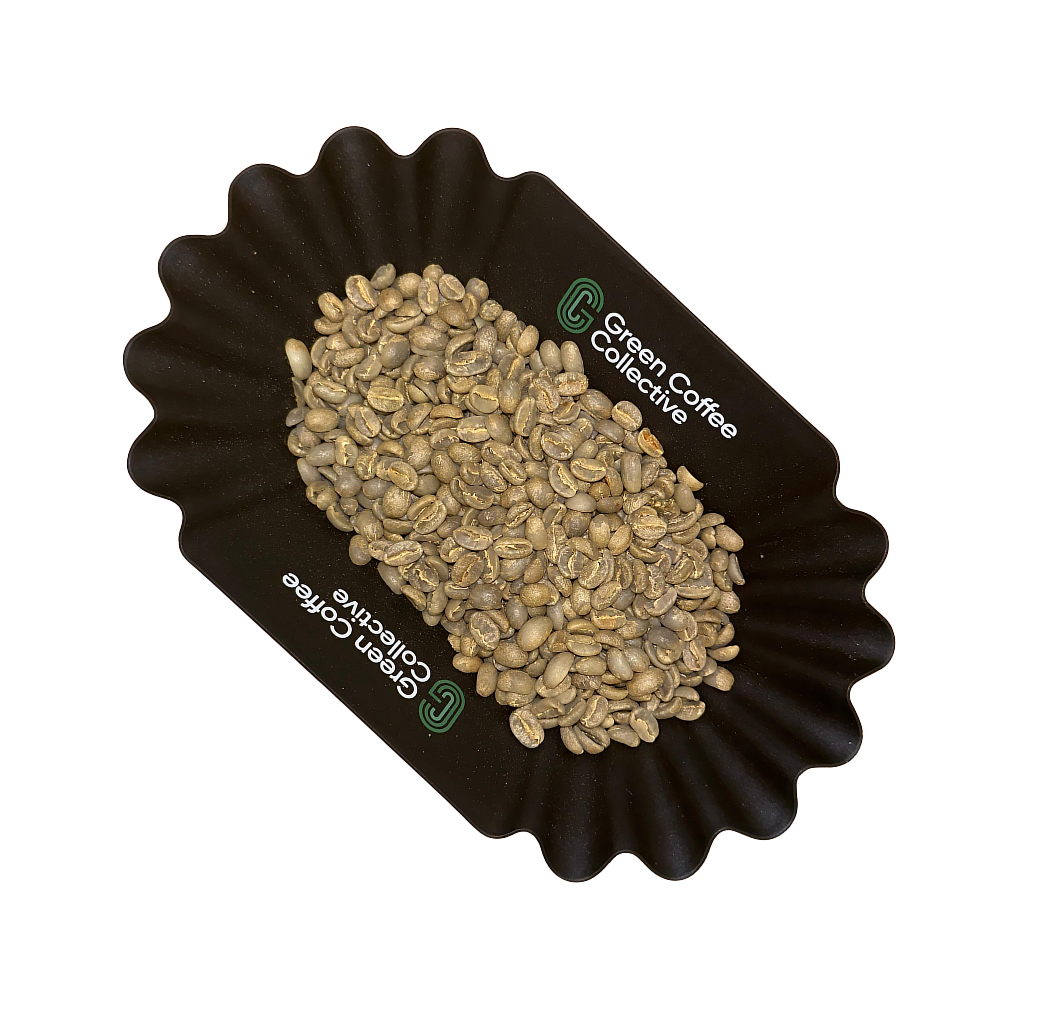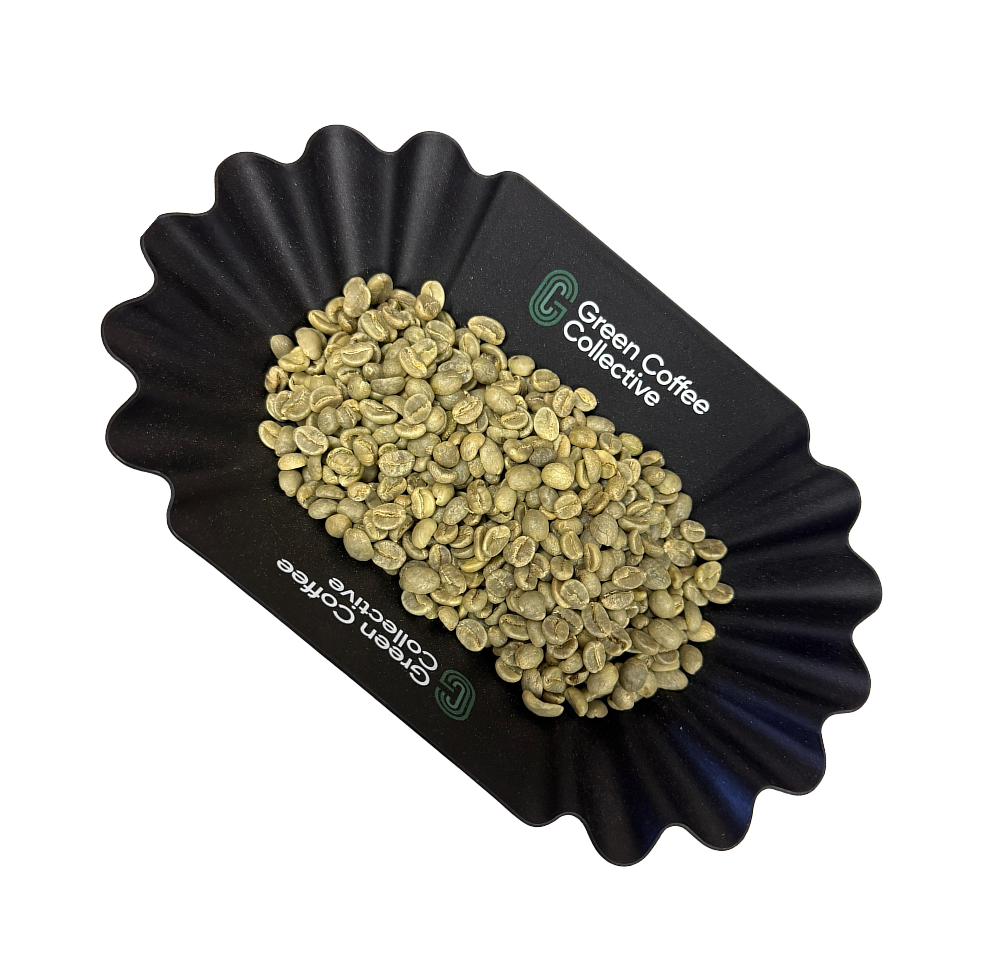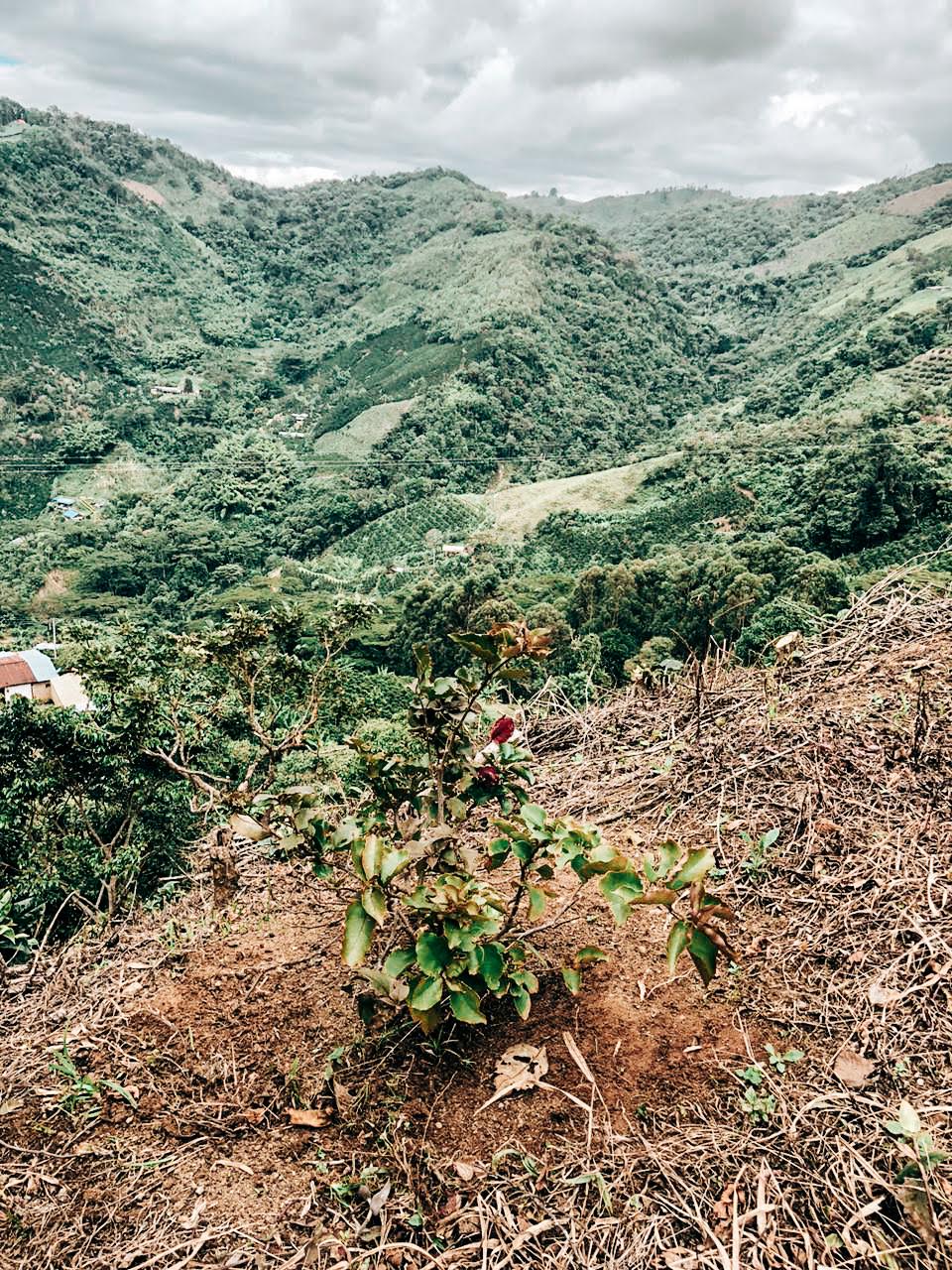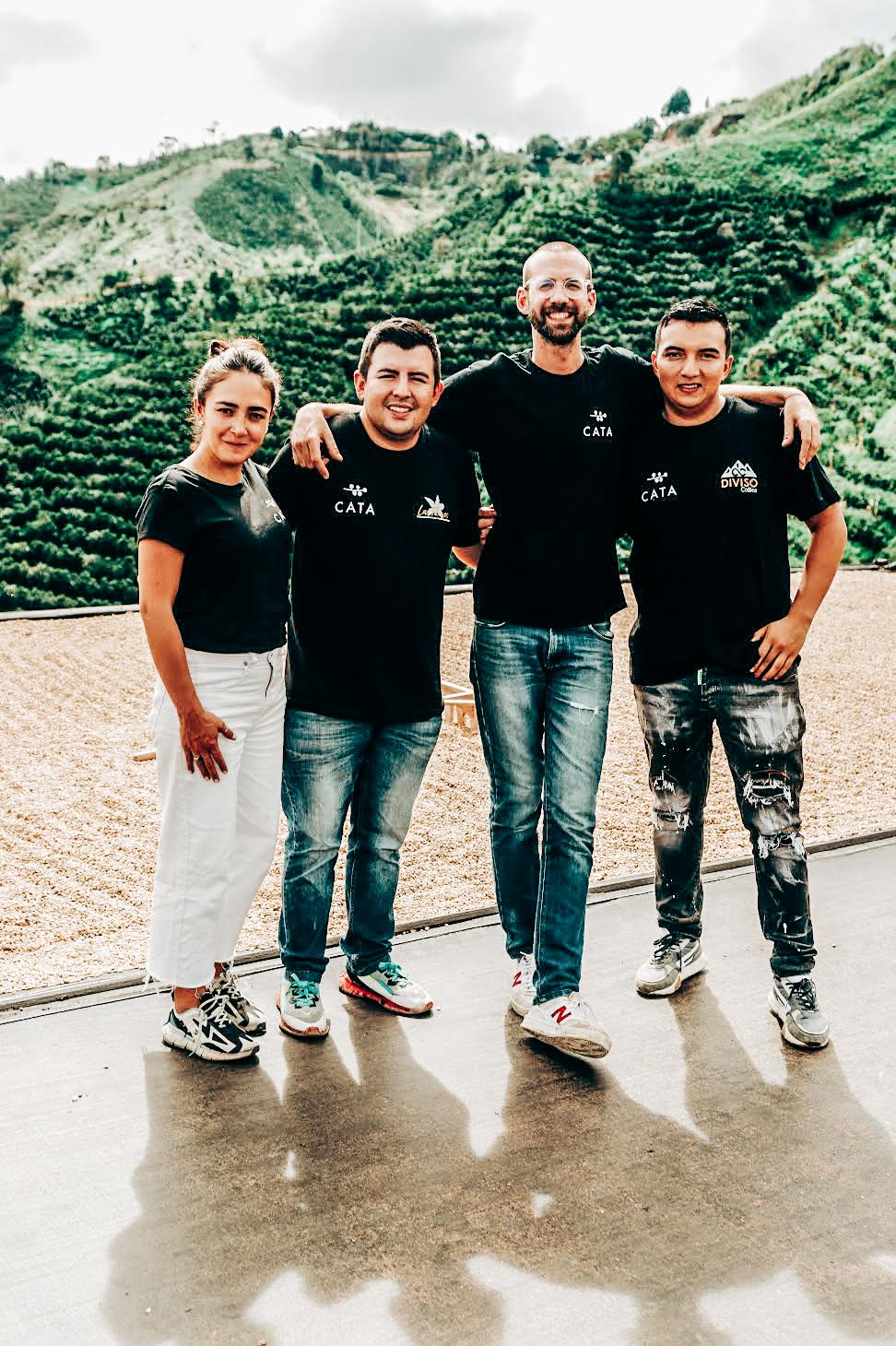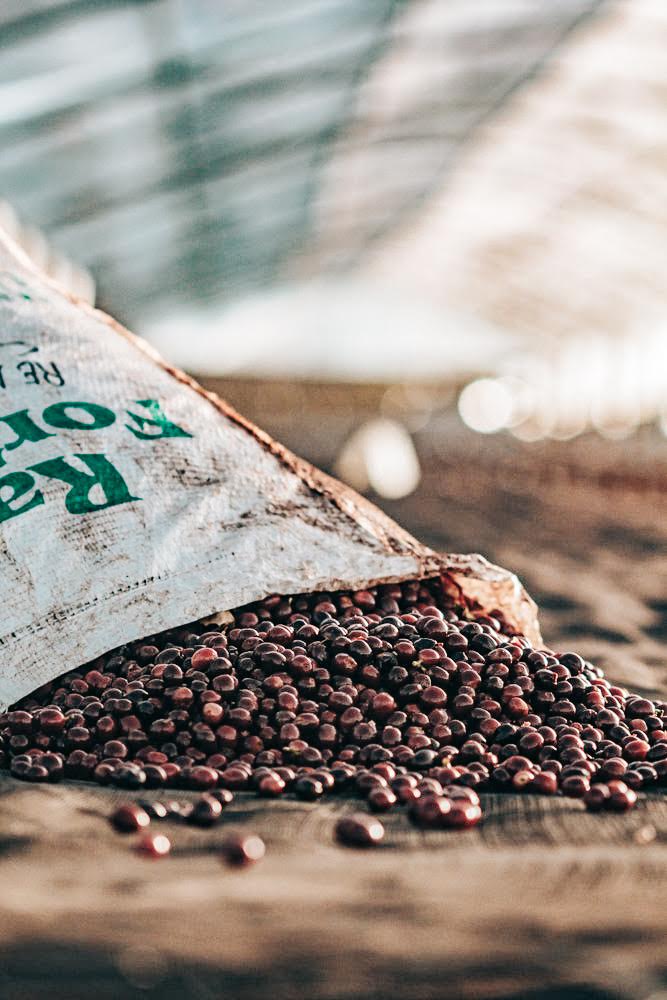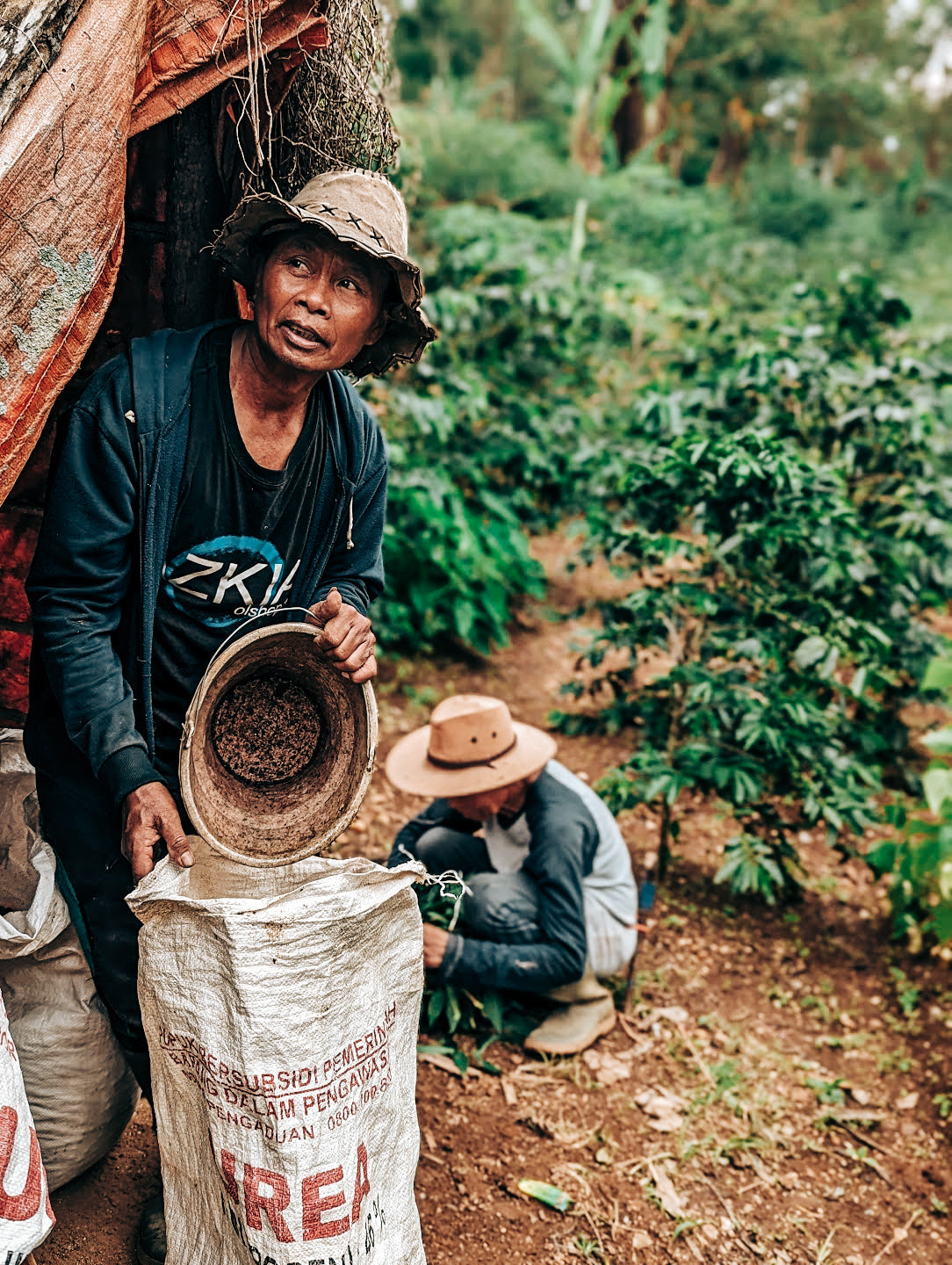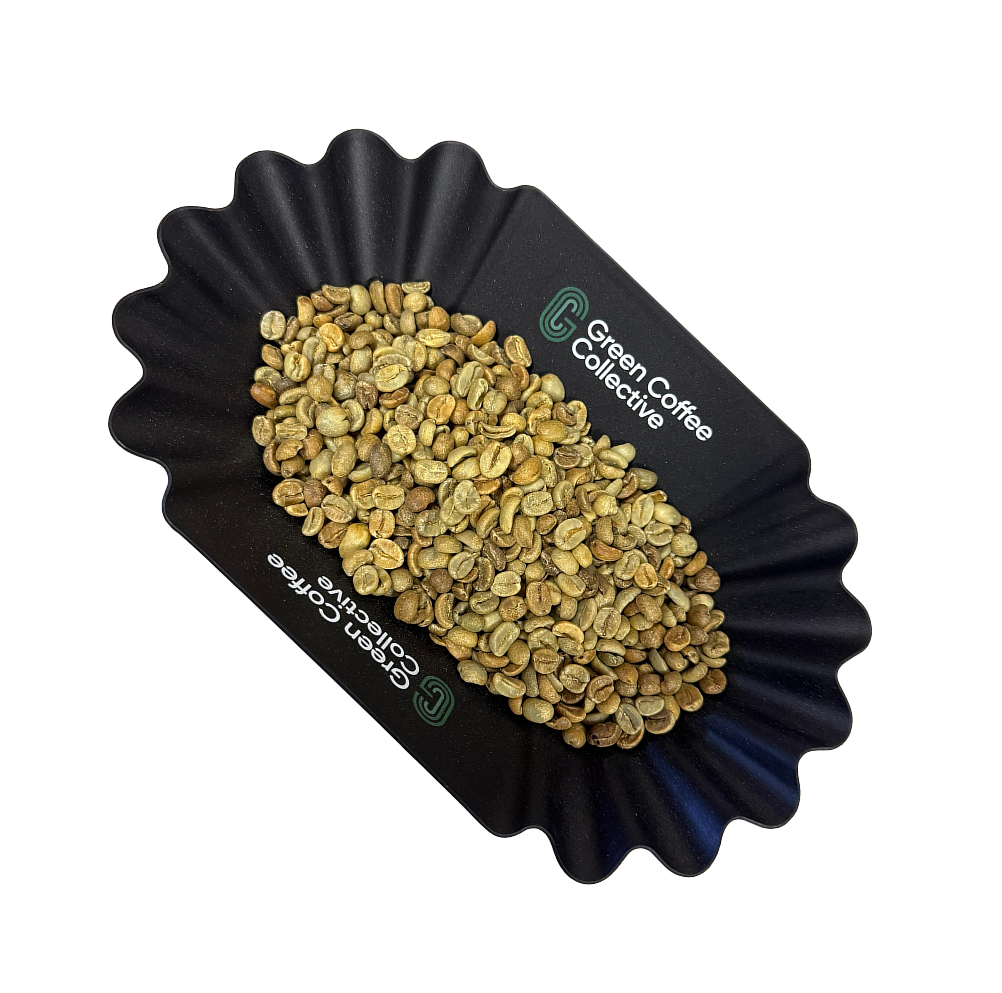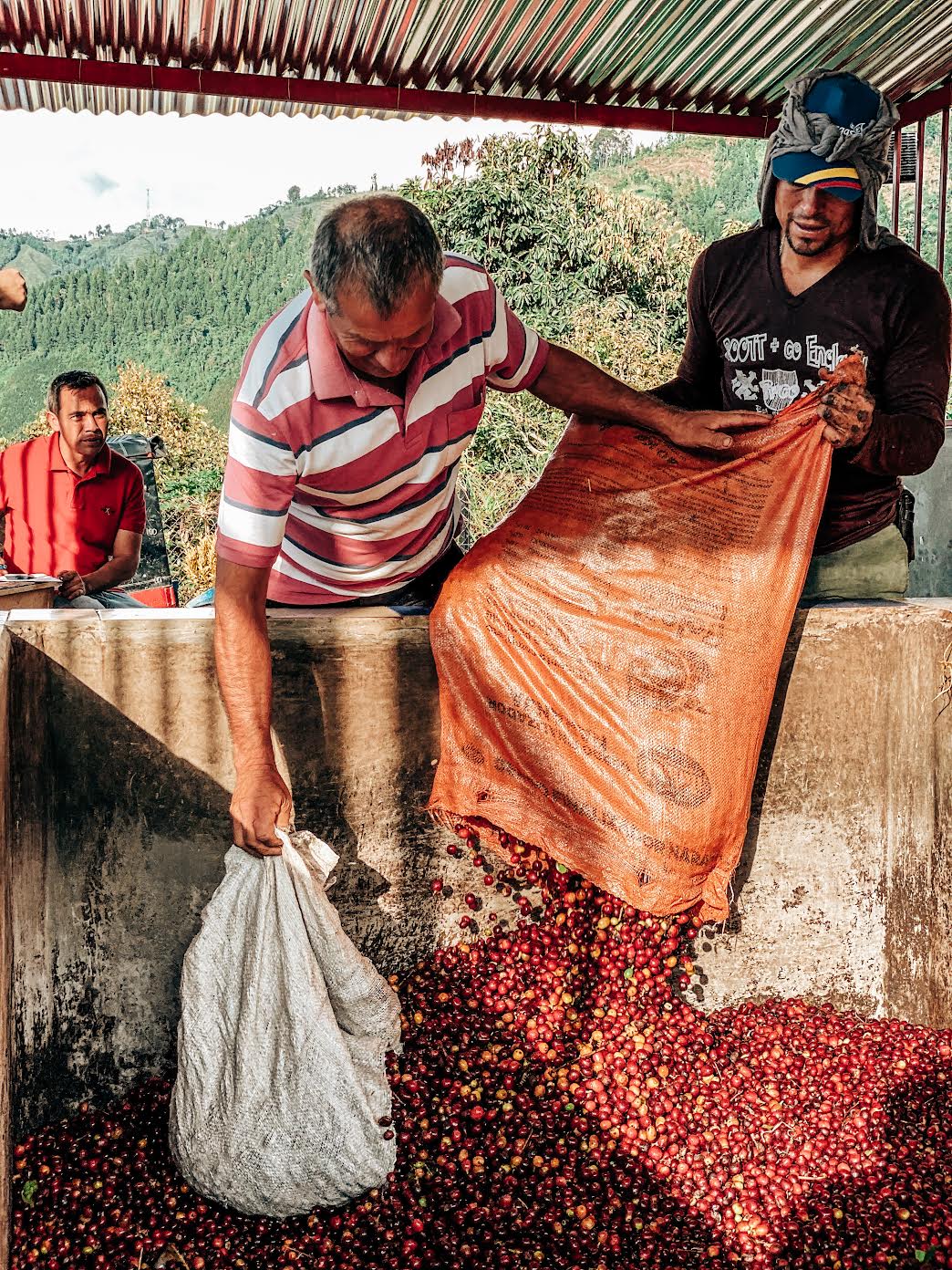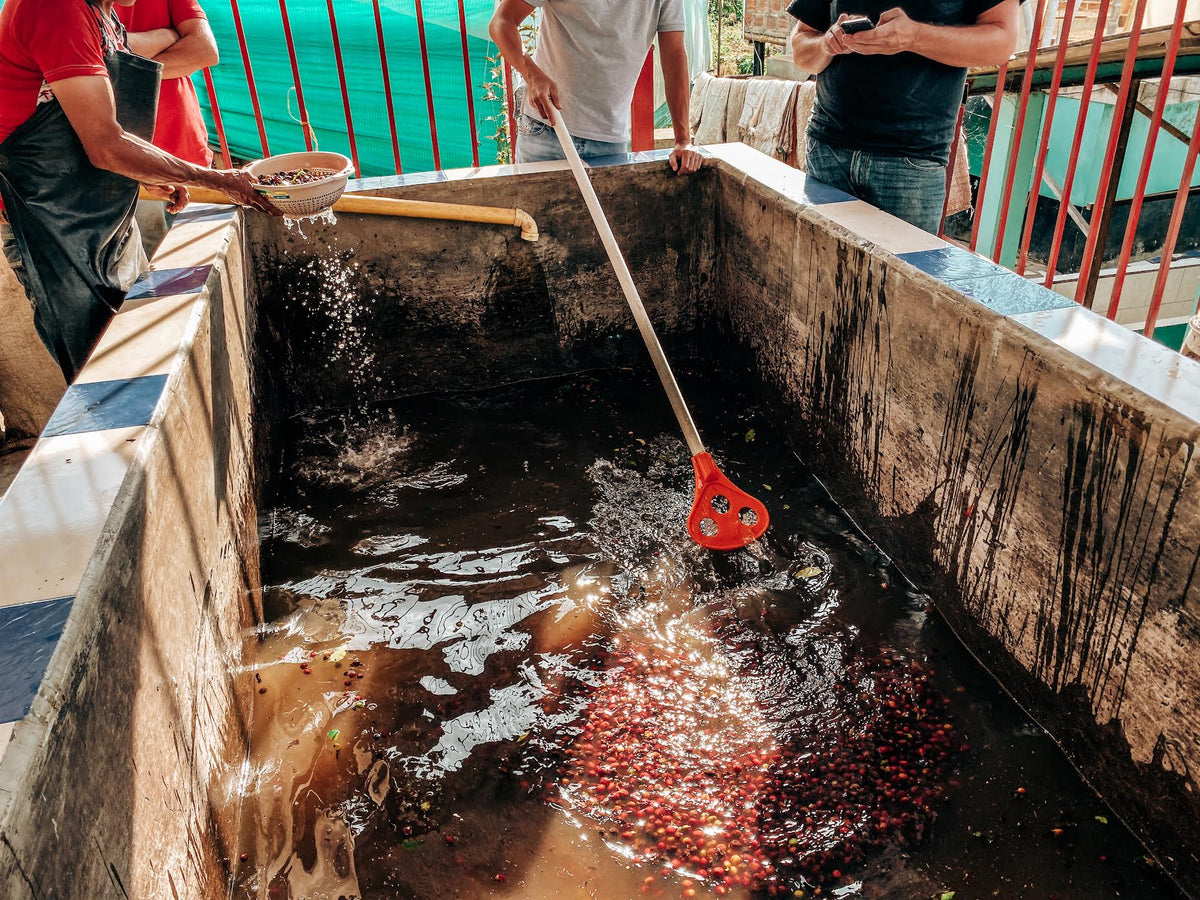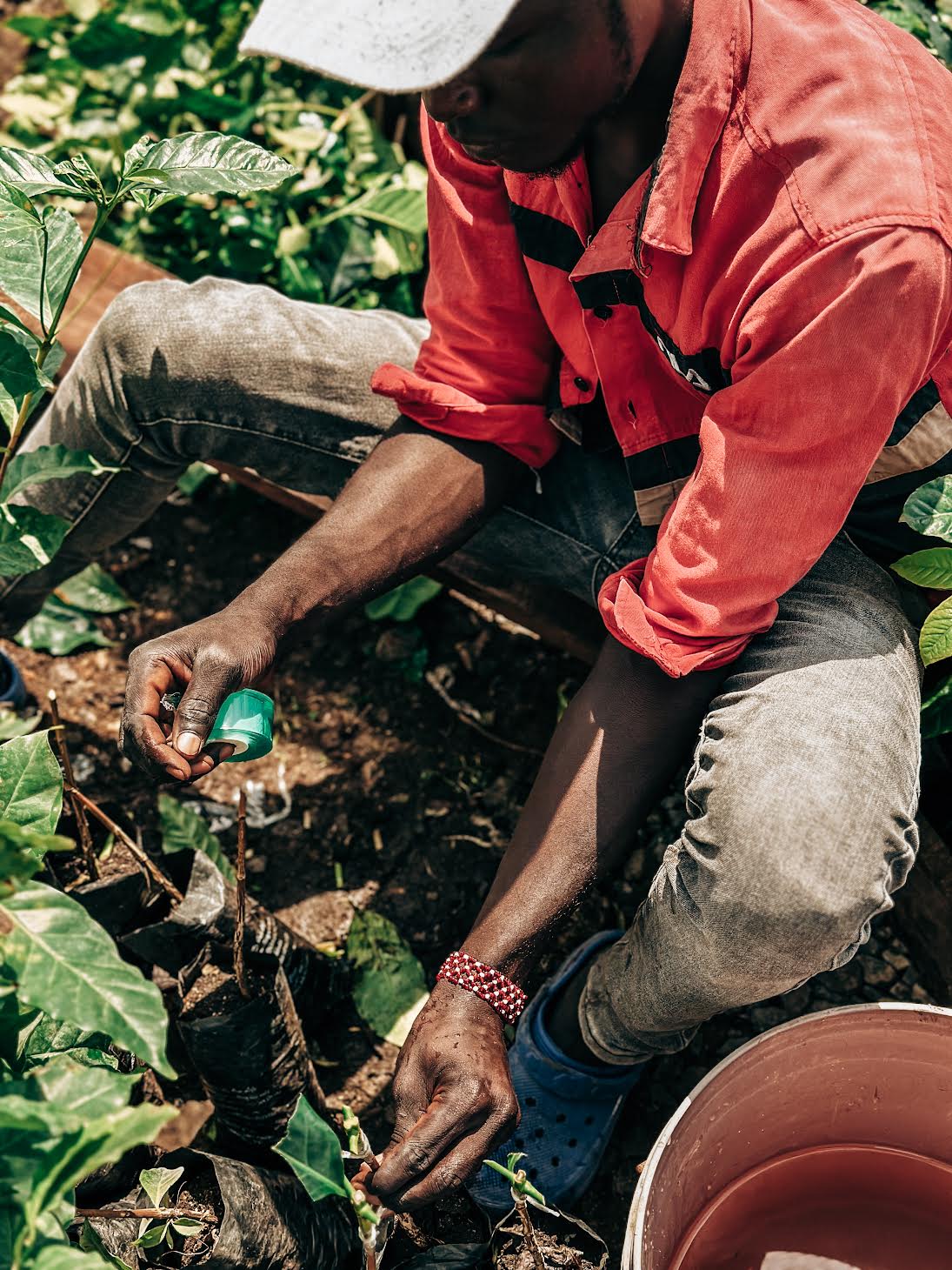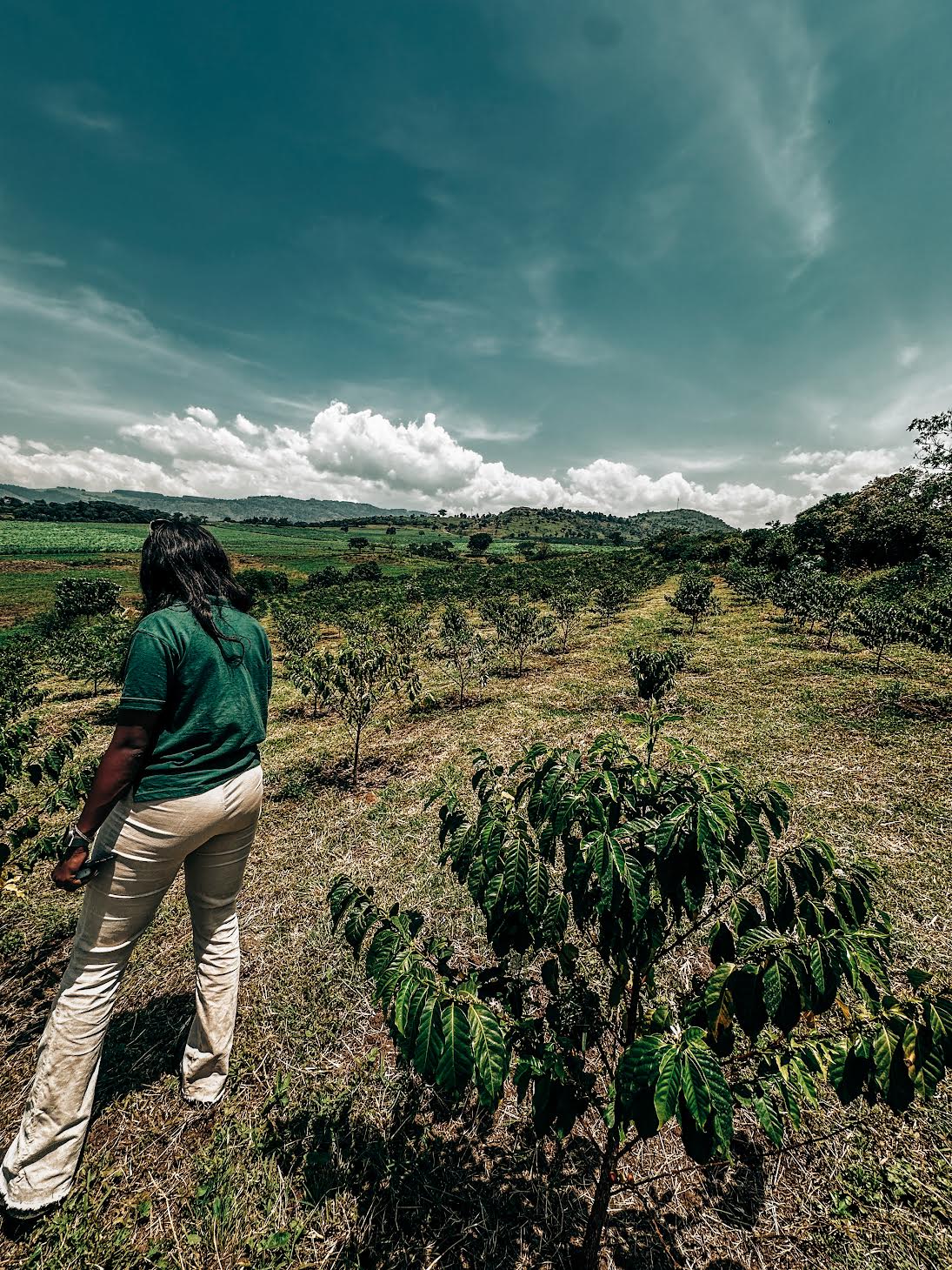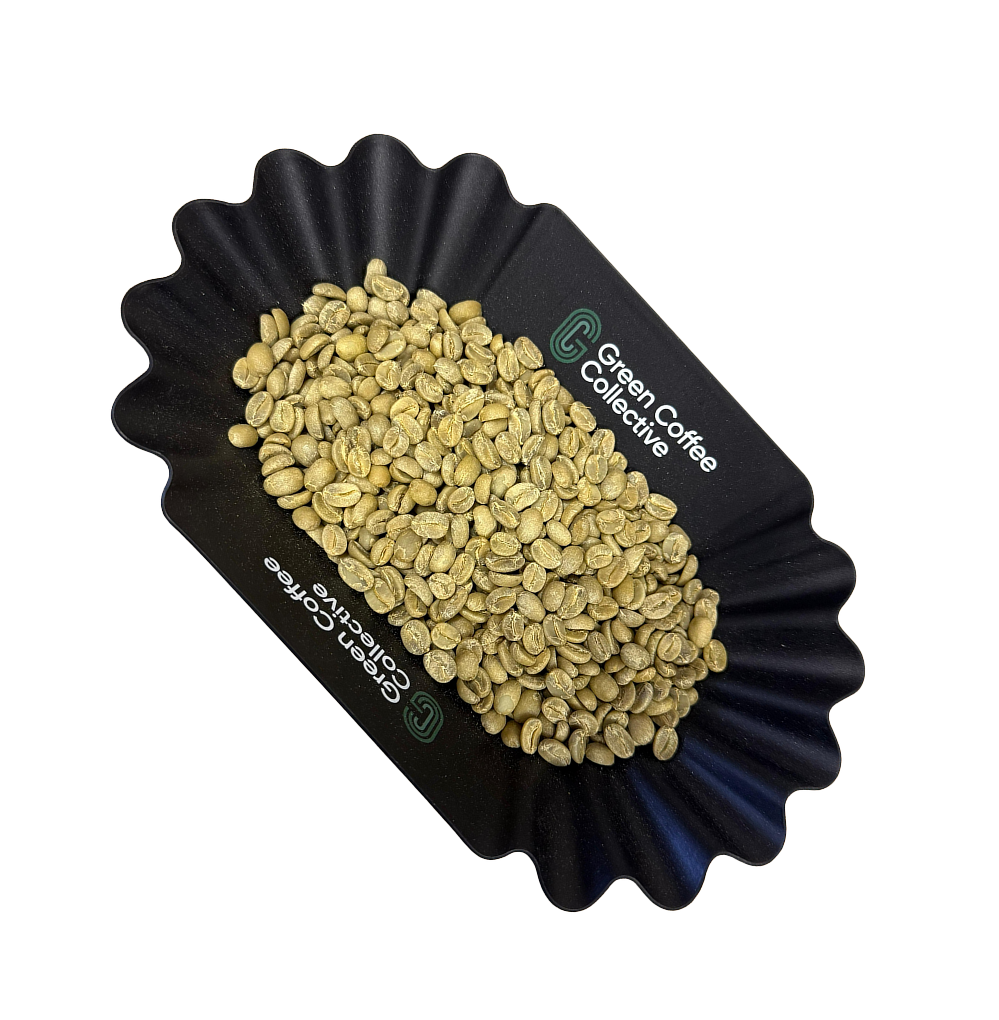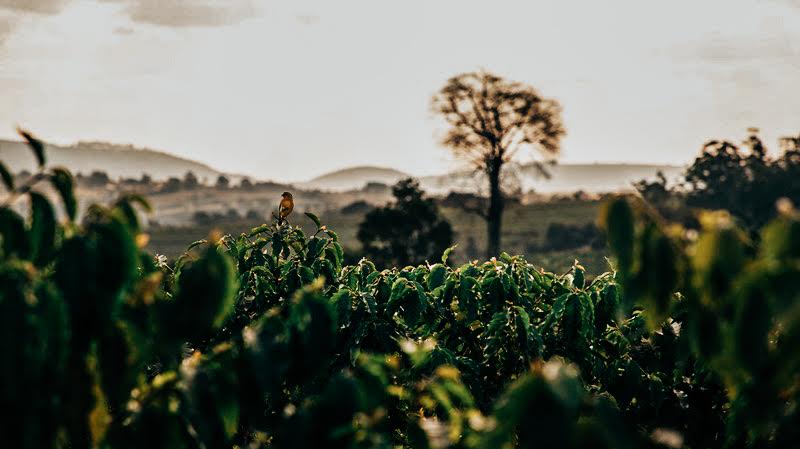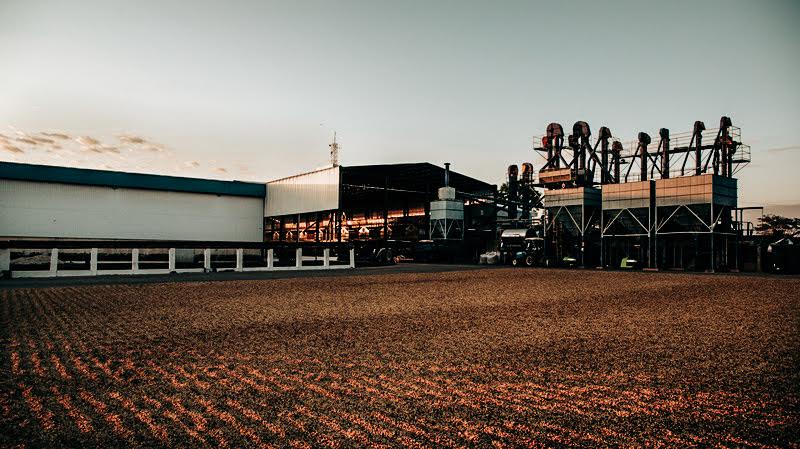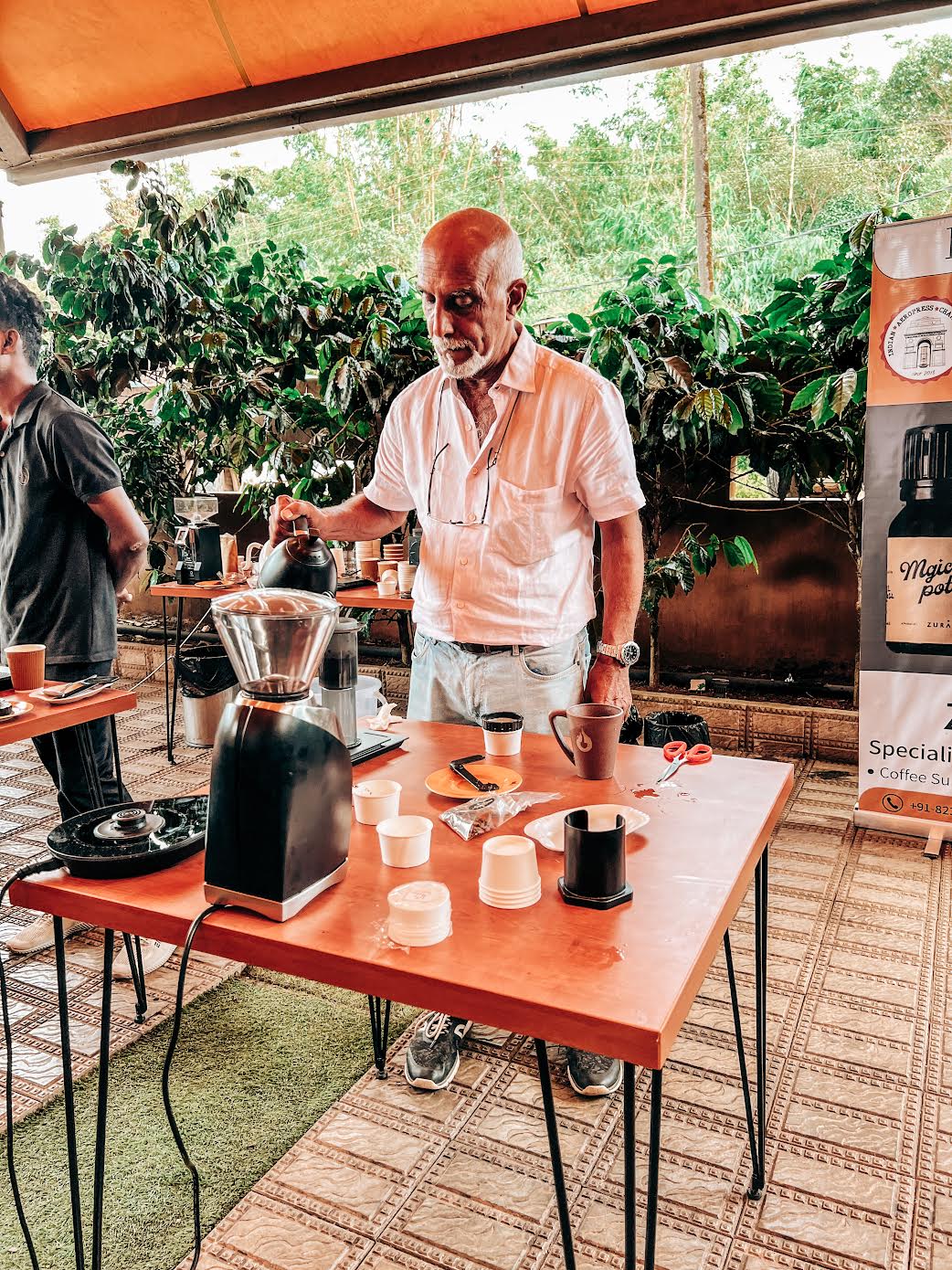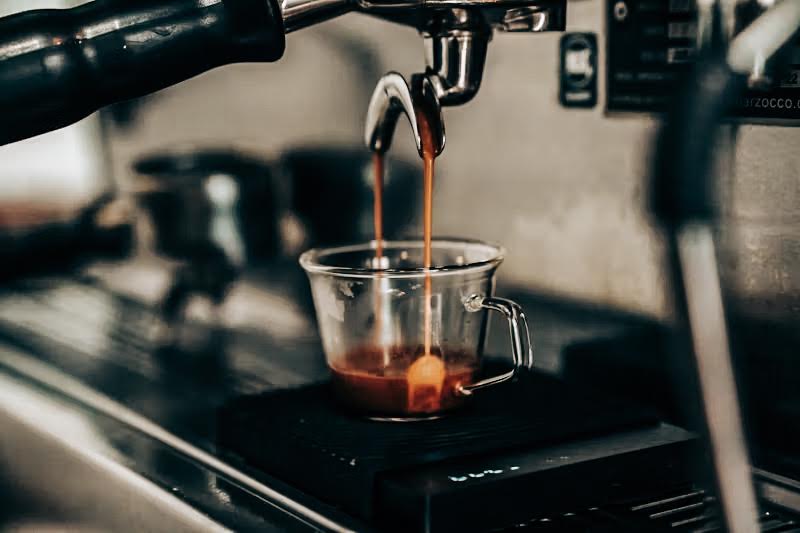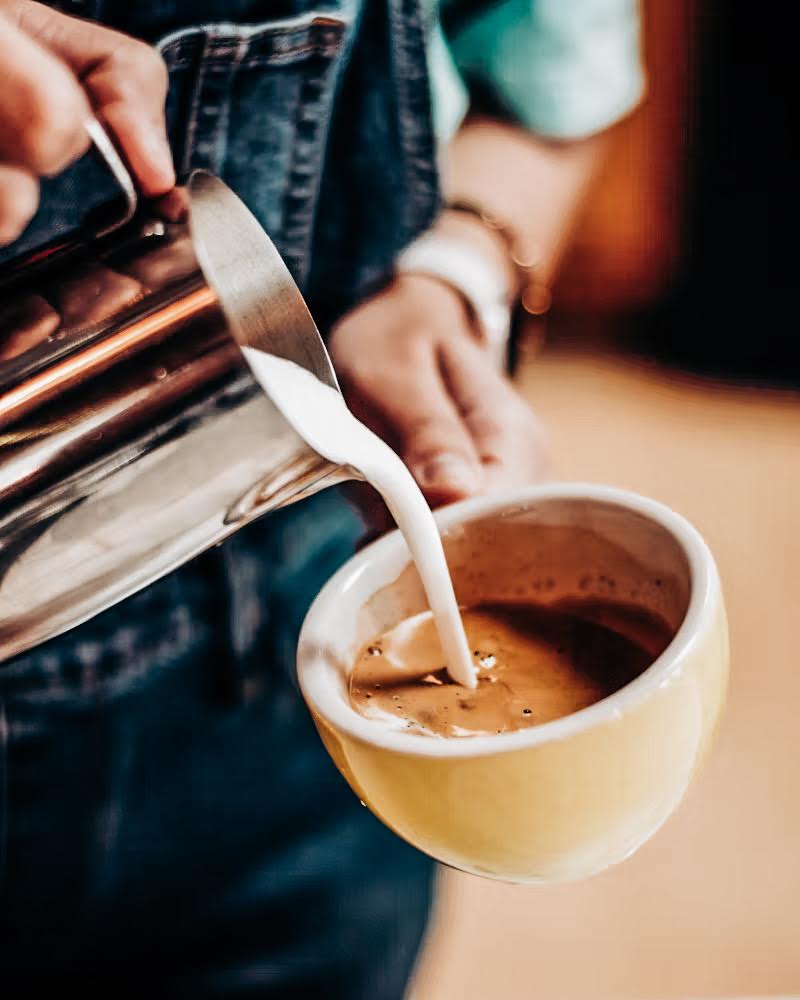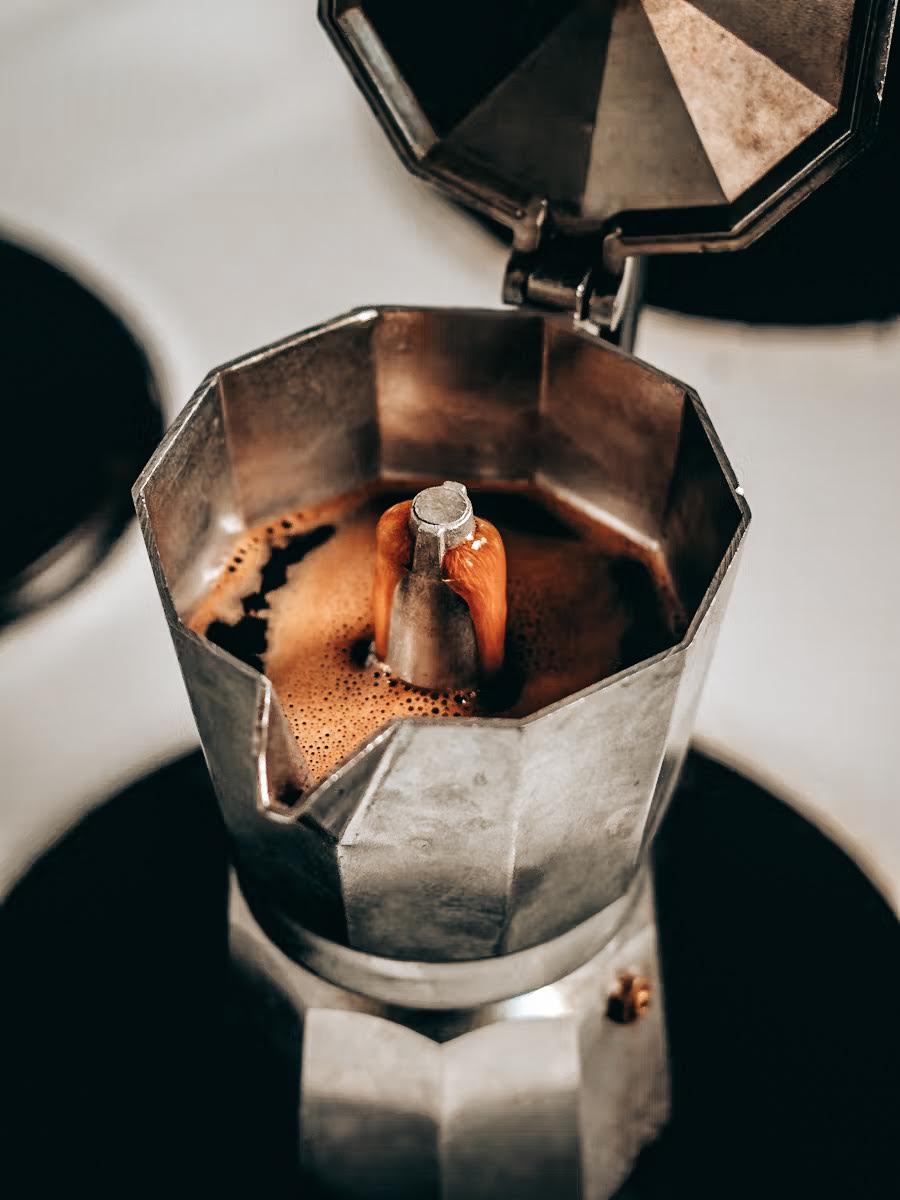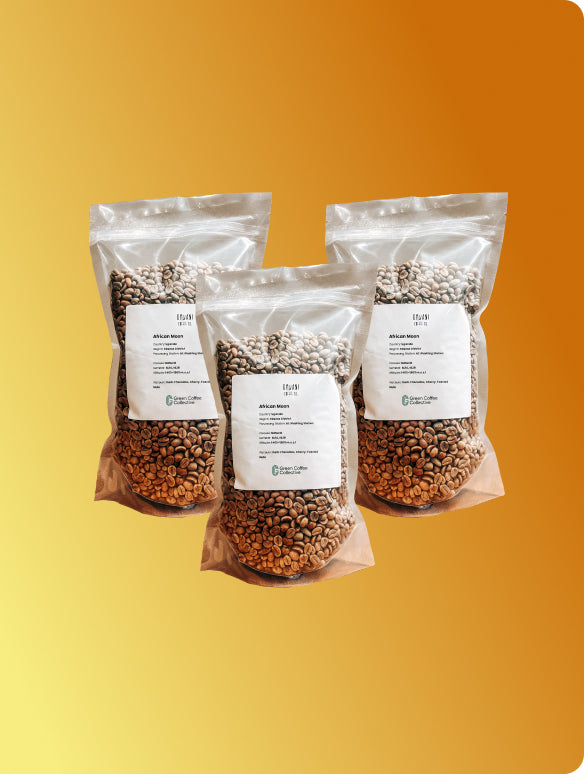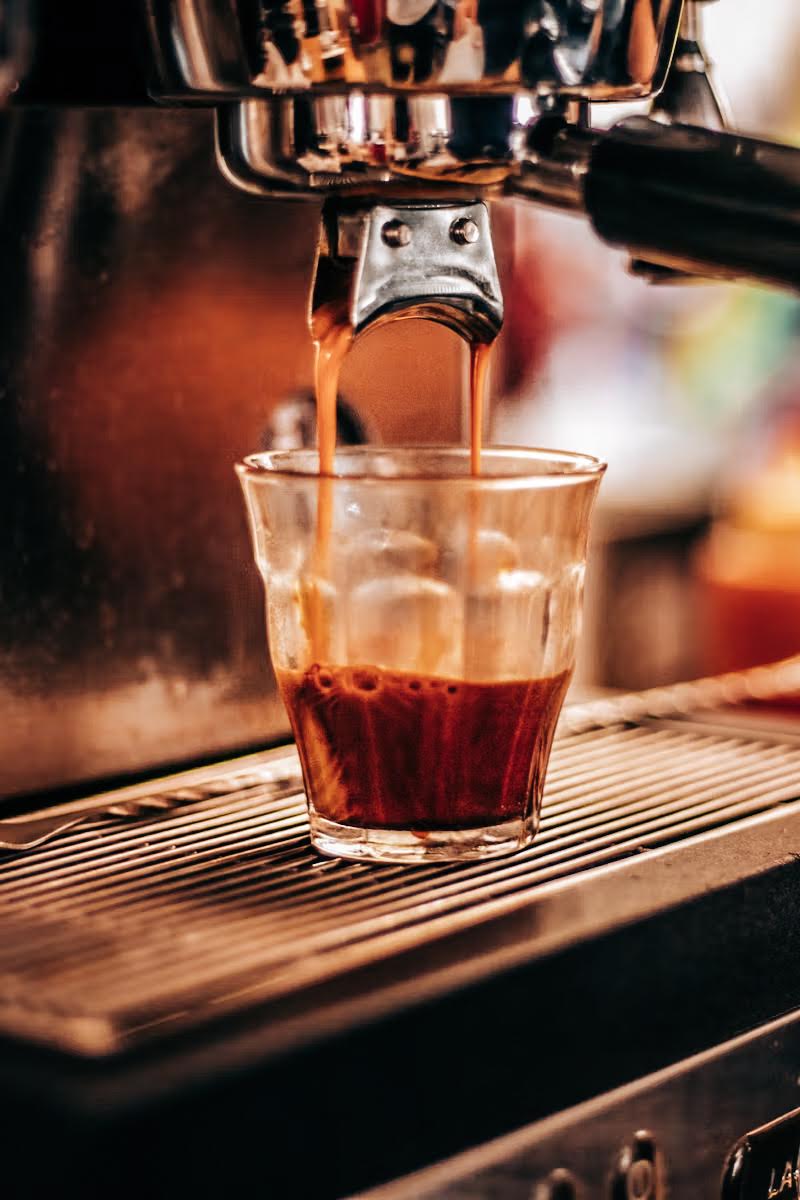
Green Coffee Beans for All-Round Espresso Brewing
Whether you’re pulling shots for a flat white or serving espresso on its own, these coffees are built for versatility. They’ve been selected for how well they perform across milk-based and black espresso drinks - offering sweetness, structure, and flavour that holds up in both. Expect classic Brazils and Colombians alongside naturals, honeys, experimental lots, and even the occasional specialty robusta. Balanced, expressive, and reliable in the cup.
-
African Moon
Cupping Score83.75Processing methodVarietalSL 14 , SL 28Main flavour notesDark Chocolate | Brown Sugar | Pecan | Cashew | PlumIn Stock+60kg left -
Kwezi Natural - Drugar Premium
Cupping Score85.0Processing methodVarietalSL 14Main flavour notesFruity | Nutty | Honey | ChocolateIn Stock+695kg left -
Al Hayma & Anis Decaf
Cupping Score81.5Processing methodVarietalMultipleMain flavour notesGrape | Raspberry | LemonIn Stock+135kg left -
Pinhal Blend
Cupping Score82.5Processing methodVarietalMultipleMain flavour notesDark Chocolate | Cherry | Macadamia | MolassesIn Stock+140kg leftSale -
Gladys Erazo - Red Bourbon
Cupping Score87.0Processing methodVarietalRed BourbonMain flavour notesDulce de leche | Floral | PistachioIn Stock+30kg leftSale -
Regional Huila
Cupping Score84.25Processing methodVarietalCastillo , CaturraMain flavour notesHazelnut | Caramel | Panela | Orange Peel | AppleIn Stock+20kg left -
Timaná Community - Washed Castillo
Cupping Score84.0Processing methodVarietalCastilloMain flavour notesLight Caramel, Toffee, Orange, WalnutIn Stock+25kg left -
Brazil Natural Scr. 16/18 Fine Cup
Cupping Score80.25Processing methodVarietalBourbon , Catimor , Catuai , Caturra , Mundo NovoMain flavour notesNut | Earthy | CedarIn Stock+40kg left -
Natural Cipaganti West Java
Cupping Score81.25Processing methodVarietalTypica , Line SMain flavour notesMilk Chocolate | GrapefruitIn Stock+10kg left -
Nimbus Pink Bourbon Decaf
Cupping Score86.0Processing methodVarietalPink BourbonMain flavour notesPapaya | Blueberry Compote | SherryIn Stock+80kg left -
Priory Farm AB
Cupping Score86.0Processing methodVarietalRuiru 11 , BatianMain flavour notesDry Fruit | Citrus | MolassesIn Stock+20kg left -
Kalsada Sitio Belis Washed Garnica
Cupping Score84.75Processing methodVarietalGarnicaMain flavour notesCalamansi | Green Apples | Milk ChocolateIn Stock+10kg left -
Organic Tolima
Cupping Score84.25Processing methodVarietalMultipleMain flavour notesChocolate | Panela | Caramel | BerriesIn Stock+10kg leftSale -
Manoso Honey Peaberry
Cupping Score86.0Processing methodVarietalMundo Novo PeaberryMain flavour notesBrown Butter | Caramelised Nuts | Apple TurnoverIn Stock+45kg left -
Kericho County AA - Kenyan Decaf
Cupping Score85.25Processing methodVarietalBatian , Ruiru 11 , SL 28 , SL 34Main flavour notesBrown Sugar | Malt | HoneyIn Stock+100kg left -
Craigmore Kattimuttu - Robusta - Honey Sundried
Processing methodVarietalRobustaMain flavour notesBold | Nutty | ChocolateIn Stock+40kg left
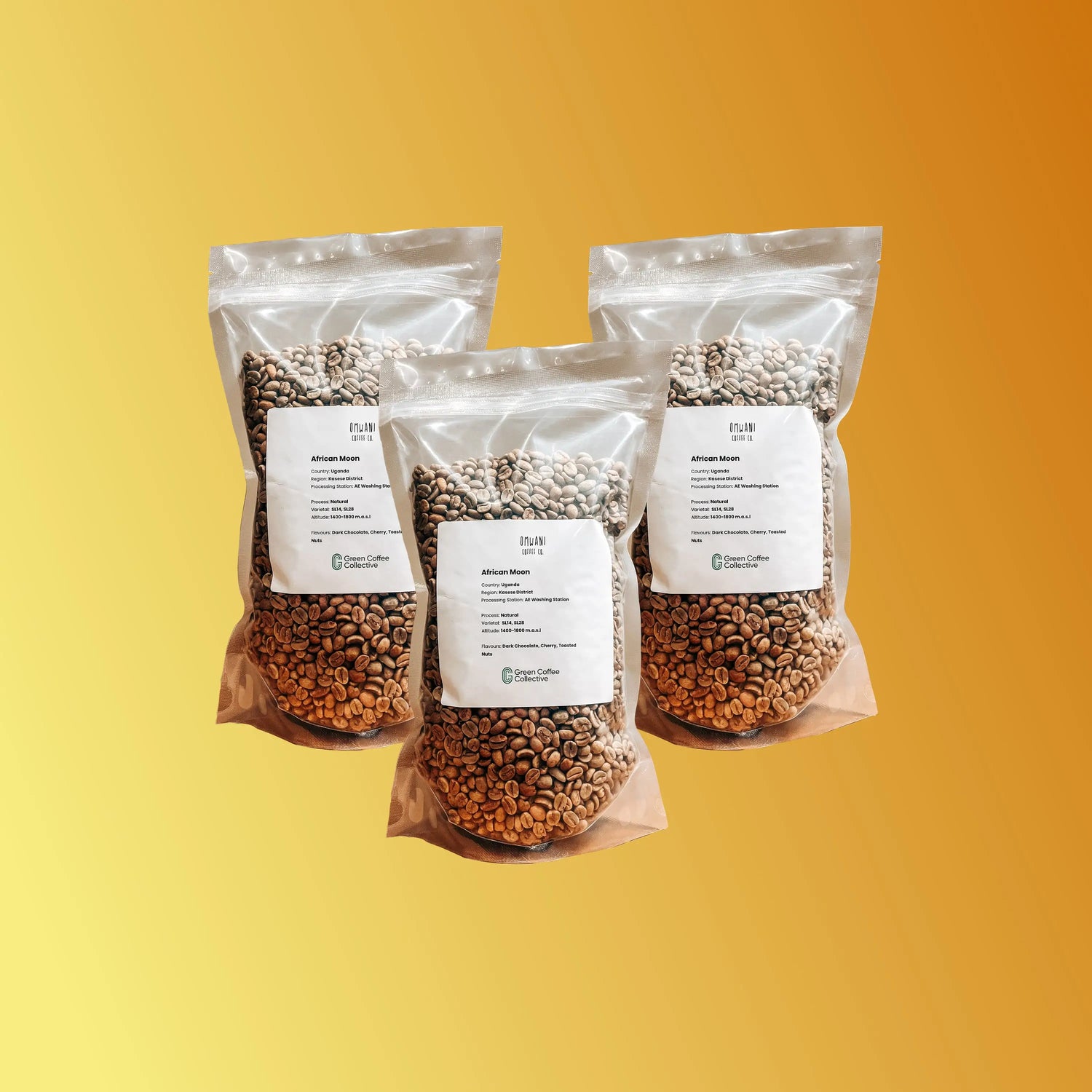
Your guide to Green Coffee Beans for All-Round Espresso Brewing
-
What makes a coffee suitable for both black and milk espresso?
-
Do I need a specific roast profile for this style of espresso?
-
Can I still use more adventurous coffees in all-round espresso?
-
Perfect Green Coffee Beans for Espresso Brewing
-
Understanding Espresso Brewing & Bean Suitability
-
What to Look for in Green Coffee Beans for Espresso Brewing
-
Key Characteristics of Ideal Beans for Espresso Brewing
-
Conclusion

